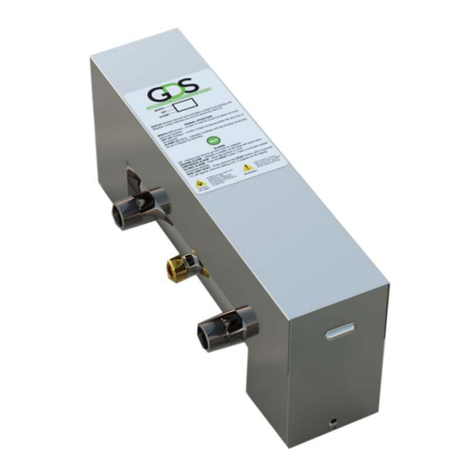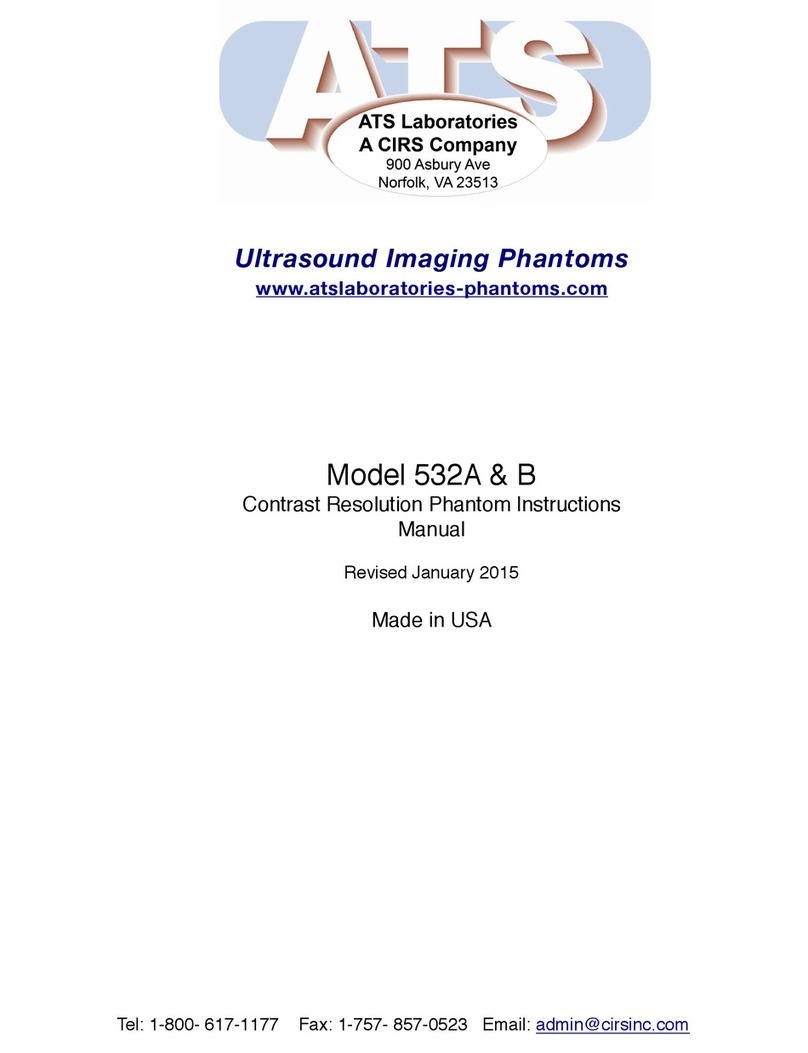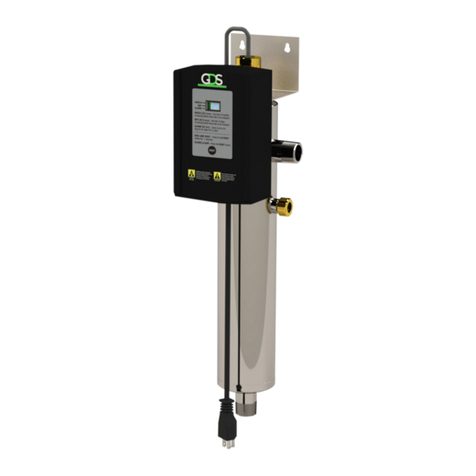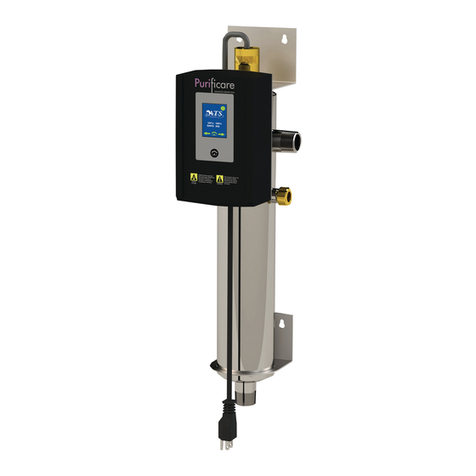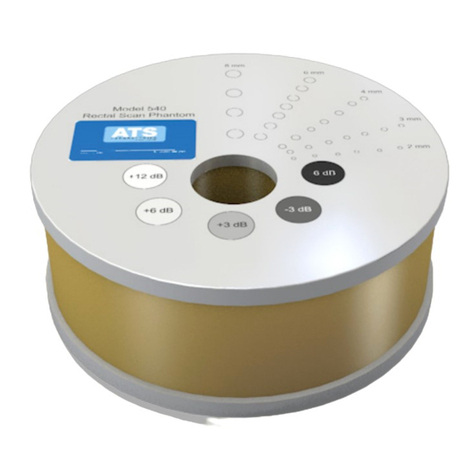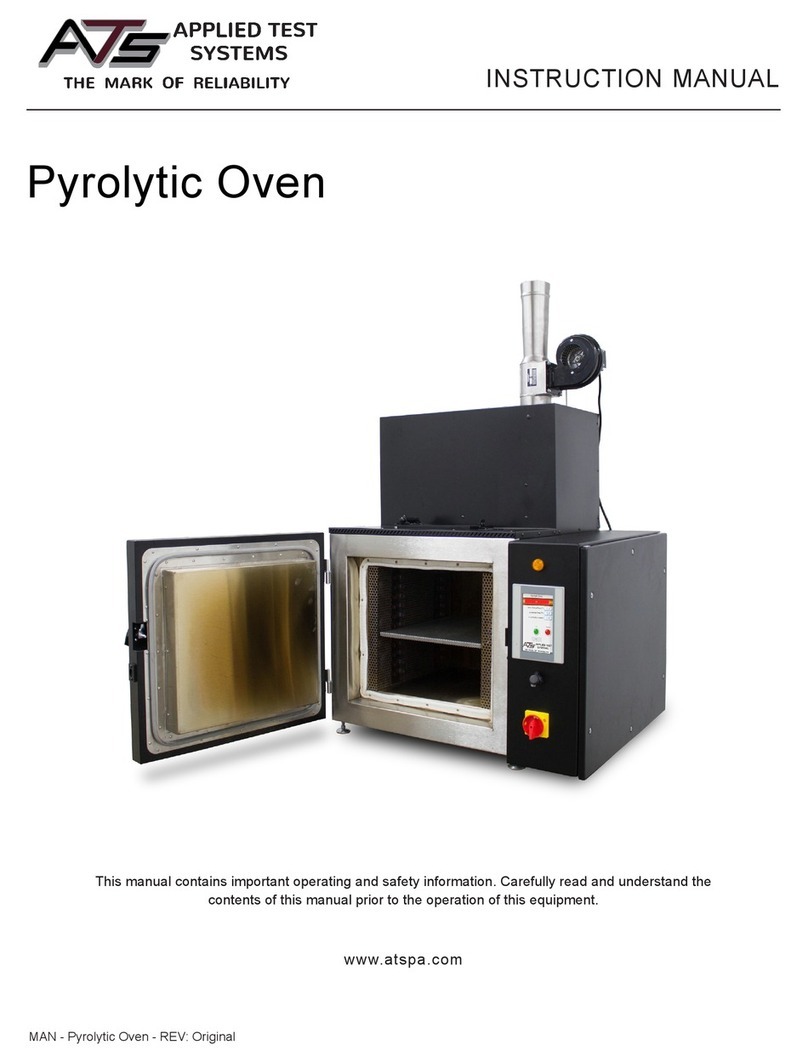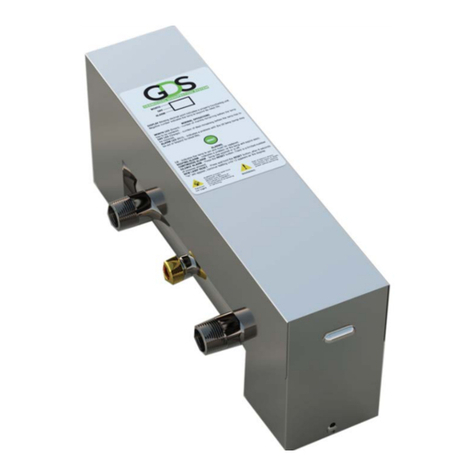
7
Sanitation Procedure
continue to run pump if water doesn’t ow.
B.The high level of chlorine required to sanitize
a water system is corrosive to most metals and
chlorine solution must not be allowed to remain in water
system more than 36 hours before being completely ushed
from system.
8. After system has been completely ushed, perform a
bacteriological analysis on the water following all applicable
procedures.
NOTE: Always follow the sanitizing procedure required by
applicable state or local laws.
EPA Registered: Well sanitizer pellets are EPA Registered
for sanitizing potable water. EPA Registration No. 50510-1
LARGE DIAMETER WELLS:Dug or bored wells
should be disinfected in the same way as a drilled one. Lower
the water level as much as possible, remove the sand, silt
and debris, and then treat with the chlorine solution. Mix
thoroughly by circulating the water back into the well and
use the hose to rinse the interior lining of the well. Do not
try to disinfect an unprotected, unlined well because new
seepage or surface contamination will flow into the water
nearly as fast as you can disinfect it. Disinfect the pipeline
distribution system as indicated for drilled wells.
SPRINGS AND CISTERNS: Mix about ½ cup of
household bleach in 5 gallons of water and use this to
scrub the walls of the spring box or holding tank. With
a constant ow of fresh water from the spring, there is
probably no way of detaining the chlorine solution in the
reservoir for more than a few minutes. However, the
chlorinated water should ow through the pipeline to
disinfect the distribution system. Cisterns can be disinfected
in the same way but a source of clean water will be needed to
ush the dirty waste out of the system.
For additional information about how to protect wells and
springs and keep them from becoming contaminated, call or
visit your local Cooperative Extension ofce, or your nearest
certied water treatment specialist.
TABLE 1 ** Quantity of solution mixed - 5.25% available
chlorine (laundry bleach) for disinfecting
wells, or 52,500 P.P.M..
WQA recommends 50mg/l or ppm chlorine concentration.
Formula - C2 X V2 / C1 = V1
C1= Household Bleach (52,500 P.P.M.)
V1= Chlorine Amount Needed
C2= 50 mg/L V2= 80 gallons holding time
I.E. 50-ml/g X 80 gal= 4000/52,500= .08 gallons of chlorine (5.25%)
.08 gal chlorine (5.35%) X 128 (oz/gal) = 10.24 oz (5.25%)
Dug Wells - 3 to 4 feet diameter - 4 cups per foot of water
Drilled Wells - 3 to 8 inch diameter - 1 cup per foot of water
HOW TO DISINFECT A WATER SYSTEM:
Every new well, or existing water supply system that
has been disrupted for service or repair, should be
disinfected before it is returned to use. Water in the
well and storage tank should be treated with a strong
chlorine solution to destroy disease organisms. All pipelines
and xtures in the distribution system should be rinsed
and ushed with chlorinated water. Upon installation of
a U.V. disinfection unit or yearly bulb replacement service,
disinfection with chlorine to initially ush the system is
recommended to assure line sanitation prior to U.V. start up.
The source of chlorine can be ordinary household liquid
laundry bleach (about 5.25% available chlorine). The
quantity required depends on the volume of water to be
treated. The United States Environment Protection Agency
(EPA) indicated that about 100 parts of chlorine, by weight,
mixed in a million parts of water will destroy essentially all
water-borne disease organisms. Table 1 shows the quantity
of liquid bleach required to disinfect wells of various
diameters and depths.
DISINFECTION PROCEDURE:
1. Remove the cap or seal from the casing and measure
the depth of the water in the well, then refer to Table 2
to determine how many chlorine pellets should be used.
In some instances removing the seal to measure the water
can be a difficult task, and it is easier to estimate well and
water depth from well log or other records.
2. Remove well cap and determine if there is an unobstructed
path from the top of the well to the water level. If it is not
possible to remove the well cap, remove vent or sanitation
access plug.
3. Drop one pellet into the well and listen to hear if it hits the
water. If the pellet hits the water, drop one-half the number
of pellets determined to be needed into the well. These will
sink to the bottom and sanitize the lower part of the well.
4. Mix the remaining pellets in a few gallons of water in a
CLEAN plastic container and pour the solution into the well.
5. In order to mix the chlorine thoroughly throughout the
entire water system, it is necessary to recirculate the water in
the well. This can be accomplished by connection a hose to
an out side faucet that is located after the pressure tank. Use
hose to run water back down the well (this also rinses upper
portion of well). After about 15 minutes of recirculation the
water, a strong chlorine odor should be apparent. Turn off
hose.
6. Bypass water softener and filters and open each water
outlet in the water system until chlorine is present in water.
This procedure assures that all the water in the system is
chlorinated.
7. Allow the chlorinated water to stand in the system for
at least one (1) hour, and preferable overnight. After this,
open an outside faucet system until water runs chlorine free.
Repeat flush operation on each faucet in system.
NOTE:
A. Chlorine may break loose iron deposits, slime and organic
material. This material will make the water discolored. The
material broken loose may plug pump screens. Do not
DWS © 2020 • www.aquat.com












